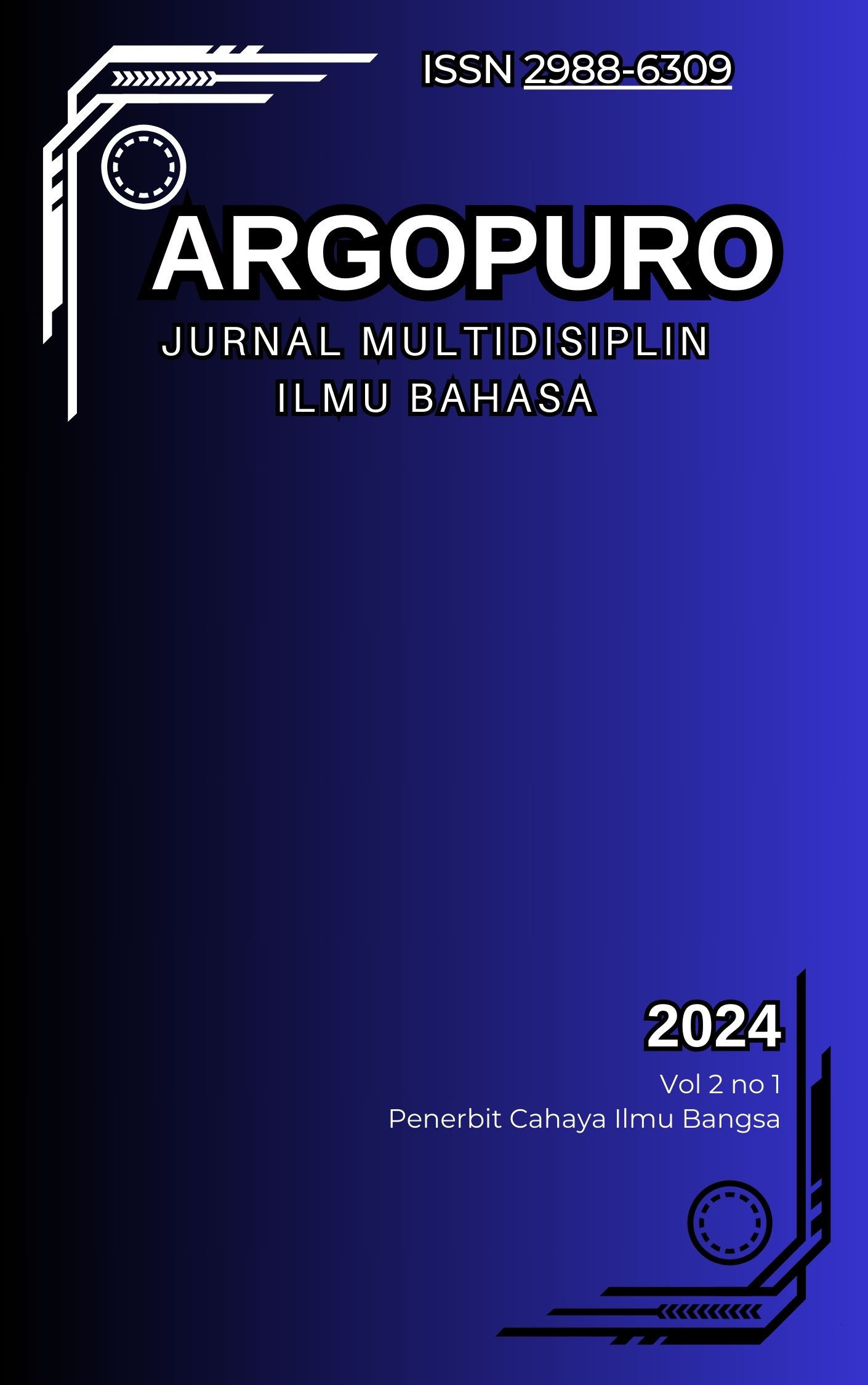SEMANTIC SHIFT AND WORD FORMATION IN DIGITAL CAMPUS VERNACULAR: A SEMANTIC ANALYSIS OF MEME LANGUAGE ON THE @UINSGDAWG INSTAGRAM ACCOUNT (MARCH 25 – APRIL 25)
Main Article Content
Abstract
This study investigates the dynamic phenomena of semantic shift and word formation within the distinctive meme language employed on the Instagram account @uinsgdawg, analyzing posts from March 25 to April 25. Meme language frequently deviates significantly from formal linguistic norms, showcasing remarkable linguistic creativity and cultural adaptation within specific online student communities, particularly at UIN Sunan Gunung Djati Bandung. Utilizing Ullmann's (1962) theory of semantic shift and Yule's (2010) and Fromkin, Rodman, and Hyams' (2014) frameworks for word formation, complemented by pragmatic considerations (Grice, 1975), this qualitative research meticulously analyzes how existing word meanings in memes undergo shifts from their original senses and how new words are created through various morphological and pragmatic processes within this specific social media context. Data were purposively collected from 75 linguistically rich meme posts within the designated period. The findings reveal five primary categories of linguistic phenomena: lexical ambiguity leading to context-dependent semantic shifts (e.g., "LC"), re-semanticization of existing acronyms (e.g., "THR" as "Tugas Hari Raya"), generalization of meaning (e.g., "mager"), narrowing of meaning (e.g., "skripsi"), and new word formation through complex blending (e.g., "mindawg" and "mahasigmadawg"). These findings underscore the fluid nature of digital communication, where language is continually adapted to express shared experiences, build in-group identity, and convey humor. This study contributes to modern linguistic studies by enhancing the understanding of language dynamics within the digital space of Indonesian Islamic university campuses, demonstrating the sophisticated interplay of semantics, morphology, and pragmatics in online vernaculars.
